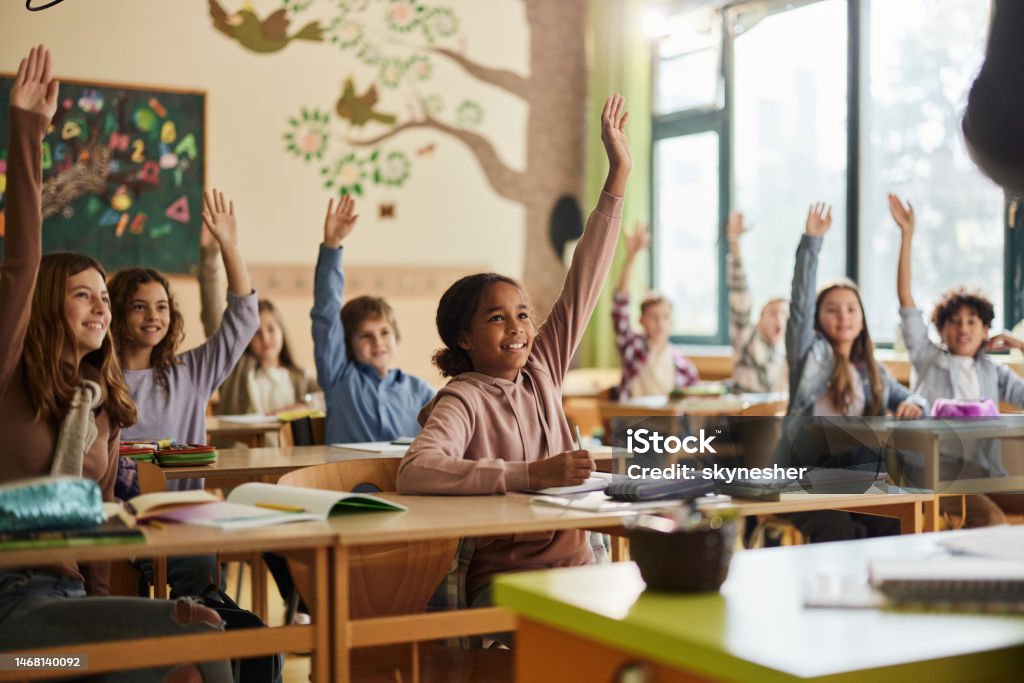Health and Physical Education (HPE) plays an essential role in the creation of positive long lasting habits that stretch far beyond the walls of the classroom. Health and Physical Education would be much less effective if it wasn’t for key frameworks that increase the effectiveness and inclusivity of HPE programs. These frameworks include the Universal Design For Learning (UDL), The BC Curriculum and Health Education, Comprehensive School Health Model (CSH), along with Physical Literacy and Quality Daily Physical Education (QDPE)

The Universal Design For Learning
The UDL aims to even the playing field for all students, to allow for equal learning opportunities regardless of physical and psychological challenges. The three key main categories for UDL are multiple means of representation, multiple means of expression and multiple means of engagement. The reason the word “multiple” appears in all three principles is because the main idea of the UDL is to provide more than one or “multiple” avenues for learning. This gives students the opportunity to showcase their abilities in a safe environment, compared to one with standardized testing and learning in which their potential would be lost.

The BC Curriculum and Health Education
The BC Curriculum hinges on three core competencies that are a necessity for all learners. These Include communication, thinking, along with personal and social competency. Firstly, the communication aspect allows students to share and collaborate their ideas with others. This collaboration allows for a dynamic feedback loop in which students are able to learn from one another, and take pride in their individuality and ideas. Thinking is the key component for intellectual development. Processing new information allows learners to create new understanding and overall broaden their knowledge. The third core competency is personal and social. This competency is arguably the most important and is what allows for students to traverse the world, making new connections and creating opportunities. This is the competency that allows the student to broaden their emotional intelligence and empathize with others. When students develop a deep understanding of these competencies it allows them to take their knowledge with them to future professional and community work. This could be in the form of designing a workplace wellness program or organizing a community running group. Although they may not directly credit the BC Curriculum as to where these skills came from, it is subconsciously where the foundation was forged.

Comprehensive School Health Model (CSH)
The CSH is based on the understanding that healthy people generally have better quality of life, learning potential and future opportunities. It is no secret that “Well-being is closely linked with health and productivity. Research shows that employees who are in good physical, mental, and emotional health are more likely to deliver optimal performance in the workplace than employees who are not.” (Adams, 2019). Although this study is based on employees, the same can be said for students. The CSH focuses on incorporating physical and mental health into daily activities so students don’t see it as extra work and rather see it as normal operations. This will create lasting impressions that will lead students to subconsciously make healthier choices going forward in life. In my future work, this could be incorporated by something as simple as inviting colleagues to go for a walk on our lunch break. This movement will ultimately lead to more productivity and put people in a better mental headspace for the remainder of the day.

Physical Literacy and Quality Daily Physical Education (QDPE)
QDPE is an essential part of maintaining healthy and efficient learning environments. The cornerstone of keeping students consistent with daily physical education is to make it appealing. If students are forced to do physical tasks that are seen as a chore such as running continuous laps or the beep test they will grow to resent it. When students find passion in their physical activities, they will partake in these on their own time, and possibly even sign up for a local community sports team. When these connections are built, others are likely to follow suit, this leads to the creation of increasingly active schools and communities!
Conclusion
Ultimately, each of these key frameworks has been carefully thought out and constructed over time to optimize a student’s potential. With these frameworks, students can go far beyond the classroom to create meaningful change for healthier communities and workplaces!
References:
Adams, J. M. (2019). The value of worker well-being. Public health reports (Washington, D.C. : 1974).